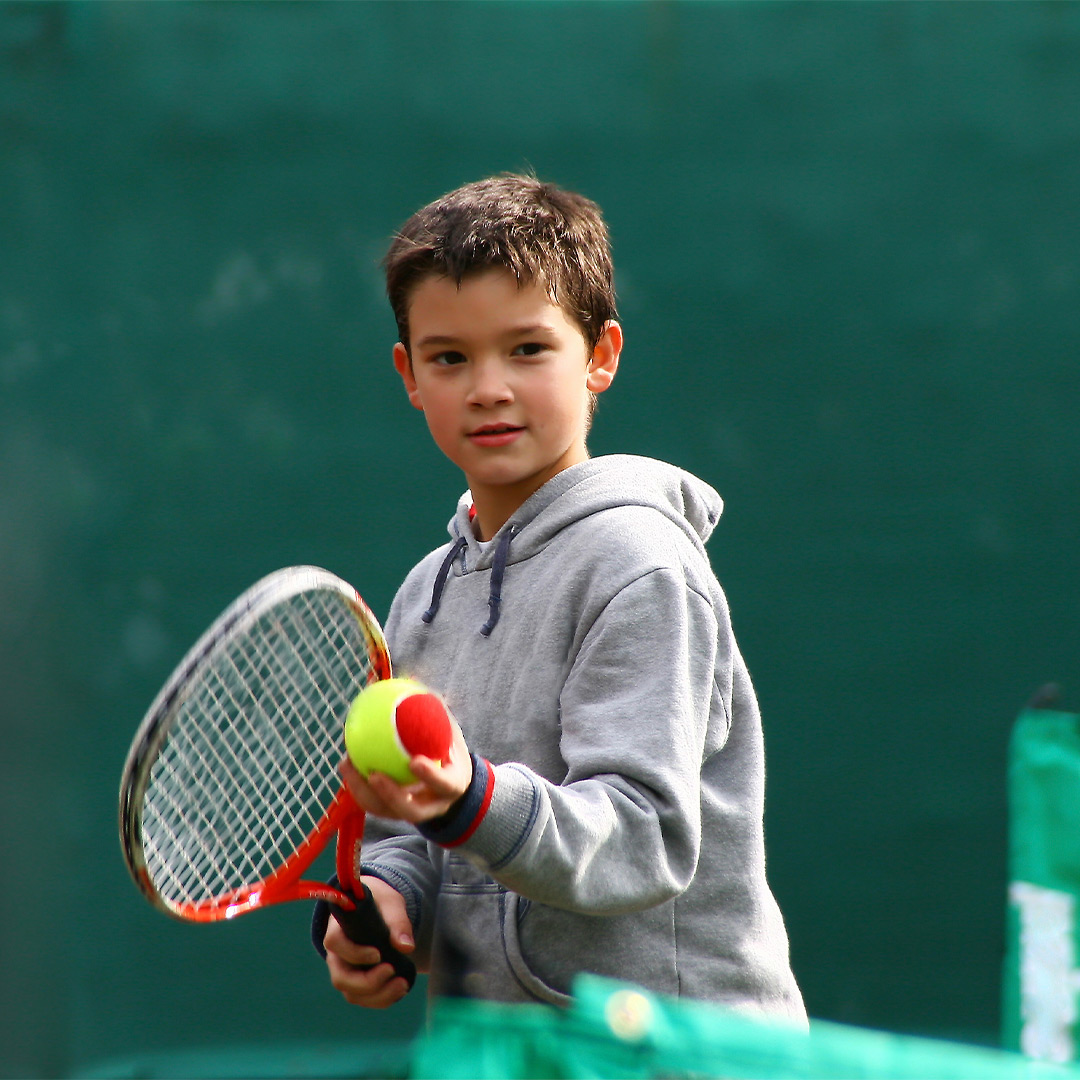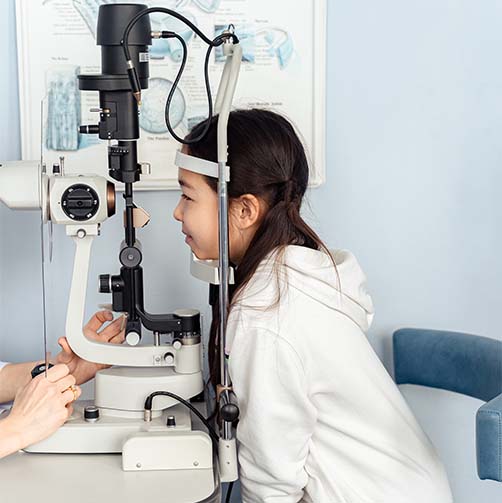Vision Therapy and Eye Care in
Vancouver
State-Of-The-Art Optometry Equipment Combined With Expert Vision Care In North Vancouver.
What is
Vision Therapy?
Vision Therapy is a comprehensive, non-invasive corrective approach to treating optical conditions like poor visual clarity, depth comprehension, concentration capacity and ocular mobility and operation. Our team, using our in-office vision therapy training program helps take good care of your eyes and fix vision challenges such as blurry vision, amblyopia (lazy eye), binocular vision, and strabismus (squinting). Proper vision therapy can effectively minimize these issues. Trust in certified optometric vision therapy and promote proper eye care with thorough vision training!

Vision Training And Vision Therapy Can Help
A Wide Range Of Problems
- Eye teaming/binocular coordination
- Focusing issues with vision sustaining and fatigue
- Eye tracking and visual system concerns
- Rehabilitation for neurological disorders or traumas to the nervous system (traumatic brain injury or concussion)
- Sports vision training and improvement
What are the
common indicators that Optometrists Identify?
We recommend an eye exam from an eye doctor for any child who is struggling with school or sports. Vision is more than 20/20. There are 17 visual skills needed to succeed in reading, learning, sports, and in life that are often overlooked.
Adults can also benefit from a full visual assessment and a vision therapist, particularly when related to motor vehicle accidents and concussions. Contact us today to learn more about vision therapy!
How can
Vision Therapy and Rehabilitation Help?
- Reversal Frequency – confusing letters or words (b, d; p, q: saw, was; etc.)
- Visual Memory – the ability to store and retrieve visual information
- Visual Form Discrimination – the ability to determine if two shapes, colours, sizes, positions, or distances are the same or different
- Visual-Motor Integration – the ability to combine visual input with other sensory input (hand and body movements, balance, hearing, etc.); the ability to transform images from a vertical to a horizontal plane (such as from the blackboard to the desk surface)
- ReadAlyzer Eye Recording – do eye movements show adequate muscle control, tracking, fixation, etc.? In the classroom, normal eye movements allow rapid and accurate shifting of the eyes along a line of print or from book to desk to board, etc. In sports, efficient eye coordination contributes to eye-hand coordination, visual reaction time, and accurate tracking
- Measuring eye movements while reading – through the use of infrared sensors, an individual’s eyes are tracked while silently reading text with special goggles. Following the reading, a brief series of questions determine whether or not the subject reads with reasonable comprehension
How do we treat vision issues
with Vision Therapy?
- Monocular activities designed to equalize the focusing, tracking, and pointing of each eye
- Binocular work to improve eye-teaming efficiency
- Visual-spatial tasks to develop integrated sequential and directional concepts
- A visualization program to improve the speed and span of visual recognition as they pertain to short and long-term visual memory
- Visuo-motor tasks to improve body awareness and control, and visually directed fine motor skills
- Instruction in the application of the ability to visualize and accurately process visual information to academics, such as reading, writing, spelling, and math

